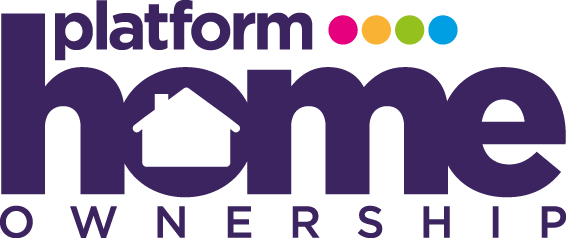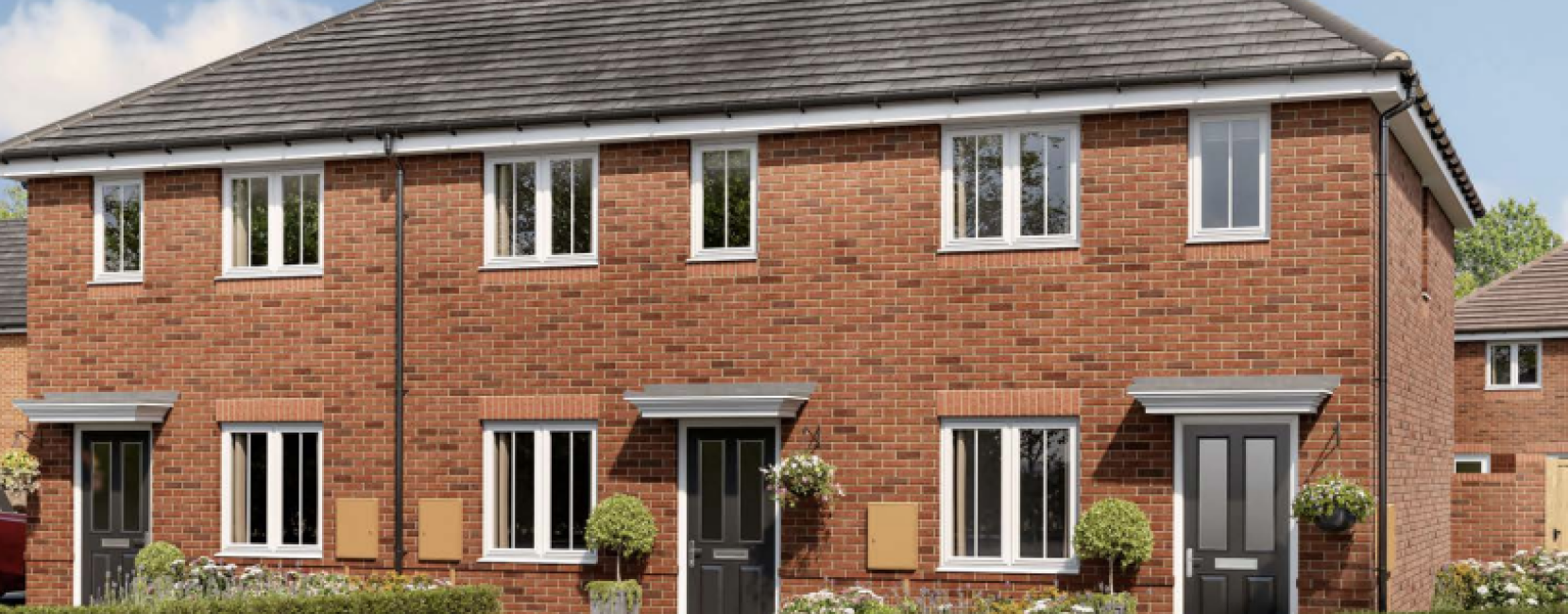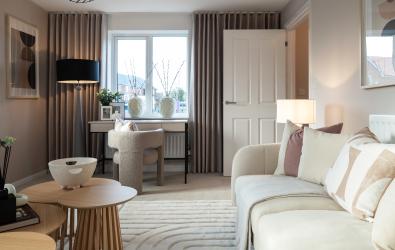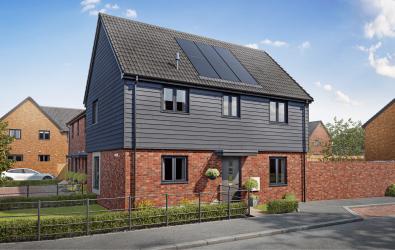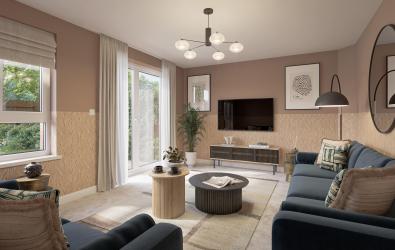Shared ownership currently represents one of the best options for getting onto the property ladder, particularly if you’re struggling to raise the money for a deposit or looking to reduce your monthly costs.
By offering an affordable route into home ownership across extremely desirable areas, it’s increasingly becoming a clear alternative to buying a home outright through traditional means.
Below, we explore the current state of mortgage rates, why you should choose shared ownership and the reasoning behind choosing it over buying outright.
What’s Happening with Interest Rates and Mortgage Rates?
At the time of writing, the Bank of England has just cut interest rates to their lowest level in two years after an unprecedented second round of voting.
The cost of borrowing has been reduced from 4.25% to 4%, the lowest it’s been since March 2023, which will likely boost both mortgage lenders and borrowers.
What does this mean for us on a practical level?
For people on tracker mortgages, which vary based on the base rate, there will be an immediate reduction in your monthly repayments. According to Moneyfacts, this means the repayments on a standard variable rate mortgage worth £250,000 over 25 years will drop by £40 a month.
For new buyers entering the market, it means there’s more room for savings as well as more products, ideal at a time when the government is looking to boost both the number of transactions and stock available.
Going forward, it’s expected that any future cuts to rates will be gradual and much more ‘balanced’, meaning this may be the last one for a while as the government monitors the wider economic picture.
Why Choose Shared Ownership over Outright Sale?
When we talk about ‘outright sale’, we’re talking about buying a new house the traditional way; paying a deposit based on the full market value of the home, becoming the owner and paying regular monthly mortgage payments.
Shared ownership differs slightly in that you pay a deposit based on the share of the home you want to buy, which is often cheaper, before paying monthly mortgage and rent payments. Since you’re only paying mortgage rates based on the share of the property you own, plus below-average market rents on the share you don’t, this often works out lower than a full mortgage.
As part of our commitment to providing information for all of our customers, below we’ve broken down the differences between the two processes and how they benefit different buyers:
Lower deposit
The first, and most talked about, difference between the two methods is the upfront deposit you have to pay.
House deposits are, without a doubt, one of the most prohibitive aspects of getting on the property ladder. If you’re buying a home worth £250,000 and it requires a 10% deposit, you need £25,000.
With shared ownership, this all changes. If you’re buying a 40% share of the property, you only need to pay a deposit on that share. This means you’re paying 10% of £100,000 instead, meaning a deposit of £10,000. While still a lot of money, it’s more than half the cost and much more accessible.
Lower monthly payments
When you buy outright, you’re paying a mortgage based on the full market value of the home.
Let’s take the example above. You buy a home worth £250,000 with a deposit of 15%. This means upfront you’re paying £37,500. Your mortgage is over 25 years and at the current interest rate of 4%.
Based on current rates, this means your mortgage is £1,121 a month for the fixed term before you switch products or move onto a variable rate.
Now consider the same rough situation with shared ownership.
You’re looking to buy shares of a home worth £250,000. You opt for a 40% share and a 15% deposit. This means you’re buying £100,000 worth of the home and putting £15,000 towards the deposit. You’ll need a mortgage to buy the other £85,000.
Based on our Shared Ownership Mortgage Calculator, you’ll pay £528 a month in mortgage payments and £343 a month in rent payments, totalling £909 a month.
Just based on monthly repayments, shared ownership is £212 a month less. When we take the deposit into account, you’re also saving £22,500.
Ownership and Making Changes
The concept of ownership and what you’re free to do with a shared ownership property is one of the most common objections we hear.
The thing is, with shared ownership, you’re still free to do what you like to the property, provided it’s not structural.
One of the biggest problems people have with renting is that you’re typically not allowed to make decorative changes. That means no painting or hanging objects that might damage the walls. Full homeowners, on the other hand, can do what they like with a property.
Shared ownership is the happy middle ground between the two. While you can’t necessarily build an extension on your kitchen, nothing is stopping you from adding a new coat of paint to a wall or putting up as many photos as you like. You can read more about making changes here.
In terms of working up to full home ownership, that’s easily done through staircasing. While we talk about staircasing in another blog, this is simply a process of buying increasing shares of the property until you reach 100%.
Other things to consider
The final things to consider are some of the stipulations that come with a shared ownership property. While you’re free to make changes you want, if you don’t own 100% you’re still a tenant and you’ll need to ensure the property is well-maintained before you staircase up to 100% or risk issues down the line.
Likewise, associated costs can include service charges and ground rent, although it’s becoming increasingly common for new build estates to charge these regardless of whether you buy through shared ownership or outright sale.
Ultimately, it’s down to your circumstances which avenue you opt for. That said, if you’re struggling to raise the money for a large deposit and you have your heart set on a certain area or style of home, shared ownership may be the ideal option for you.
